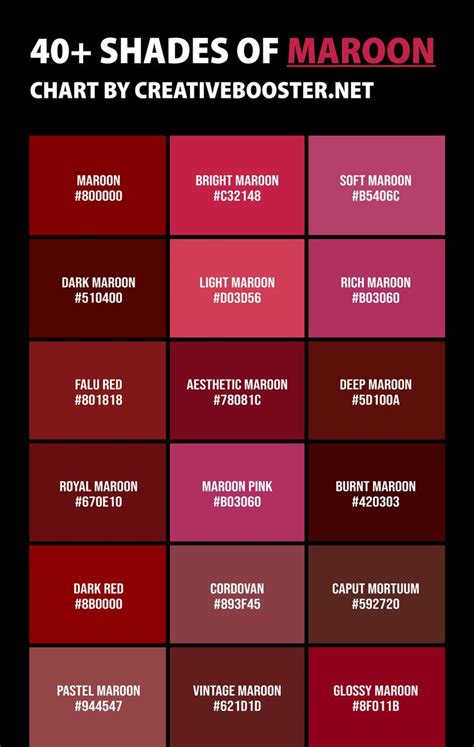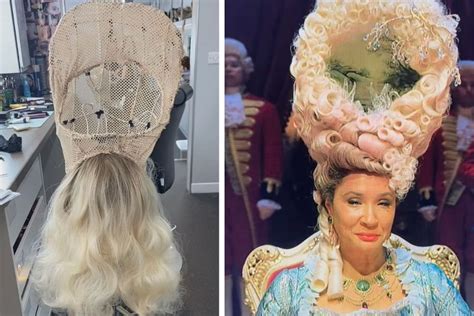The Royal Look: Stunning Wigs in Queen Charlotte’s Court
Queen Charlotte, the German-born wife of King George III, is renowned for her elaborate and exquisite style. Her signature wigs, towering confections of hair and lace, became iconic symbols of British royalty during the 18th century. In this comprehensive guide, we delve into the world of Queen Charlotte’s wigs, exploring their history, significance, and techniques.

Historical Context
During the Georgian era, wigs were essential fashion accessories for both men and women. They served practical purposes, protecting individuals from head lice and unsanitary conditions. However, they rapidly evolved into elaborate symbols of status and wealth.
Queen Charlotte’s wigs were no exception. She commissioned luxurious wigs from the finest hairdressers in Europe, spending thousands of pounds on their creation. Her wigs were architectural marvels, often adorned with ribbons, pearls, and precious stones.
The Hairdresser’s Art
The art of wig-making was highly specialized. Master hairdressers possessed exceptional skills in weaving, styling, and decorating these elaborate pieces. They used human hair, often from deceased individuals, to create wigs that could withstand the rigors of court life.
The thickness and length of a wig were indicative of its status. Queen Charlotte’s wigs were typically 30-40 inches long and weighed several pounds. They were often separated into tiers, with the longest tier called the “crown piece.”
Wigs in Historical Depictions
Queen Charlotte’s wigs have been immortalized in numerous historical paintings, sculptures, and documentaries. They are an integral part of her royal image and have inspired fashion trends throughout the centuries.
For example, in the 1994 film “The Madness of King George,” Helena Bonham Carter wore elaborate wigs that were meticulously crafted to resemble Queen Charlotte’s actual wigs.
Modern Interpretations
Queen Charlotte’s wigs continue to fascinate modern audiences. Designers and fashion enthusiasts have reinterpreted these historical styles in contemporary wigs and hairpieces.
In 2018, the British Museum held an exhibition titled “Georgian Hair: Powder and Patches,” which featured a collection of Queen Charlotte’s wigs and other hairstyles from the era.
Techniques for Creating a Queen Charlotte Wig
If you are interested in creating your own Queen Charlotte wig, there are several techniques to consider:
- Weaving: This method involves weaving human hair onto a cap or form to create a wig. It is a time-consuming but highly customizable technique that allows for intricate designs.
- Sewing: This method involves sewing wefts of hair onto a cap or form. It is a more straightforward technique than weaving but may not produce as detailed results.
- Capless: This method involves using a wig cap to hold the hair in place without a base or frame. It is a lightweight and breathable option that is ideal for creating natural-looking wigs.
Costuming and Stagecraft
Queen Charlotte wigs are an essential element in historical costuming and stagecraft. They help actors and actresses embody the characters and transport audiences back in time.
In period dramas and historical plays, wigs are used to create an authentic and immersive experience. By accurately recreating the hairstyles of the era, performers can bring the past to life.
Common Mistakes to Avoid
When it comes to creating or wearing a Queen Charlotte wig, there are a few common mistakes to avoid:
- Using synthetic hair: While synthetic wigs are more affordable and easier to style, they will not provide the same authentic or opulent look as human hair wigs.
- Over-accessorizing: Queen Charlotte’s wigs were often adorned with ribbons and jewels, but it is important to use these accessories sparingly. Over-accessorizing can detract from the elegance of the wig itself.
- Improper storage: Wigs should be stored on a wig stand or in a wig box to maintain their shape and prevent tangles. Avoid storing wigs in plastic bags or in direct sunlight.
Pros and Cons of Queen Charlotte Wigs
Pros:
- Authentic and historical
- Highly customizable
- Versatile for costuming and stagecraft
- Can enhance personal style
Cons:
- Expensive to create and maintain
- May be uncomfortable to wear for extended periods
- Requires specialized care and storage
Conclusion
Queen Charlotte’s wigs are a testament to the artistry and extravagance of the Georgian era. They are a symbol of royal power, fashion, and the enduring legacy of Queen Charlotte. Whether you are a history enthusiast, a theater aficionado, or simply someone who appreciates the beauty of elaborate hairstyles, Queen Charlotte’s wigs continue to inspire and enchant.
